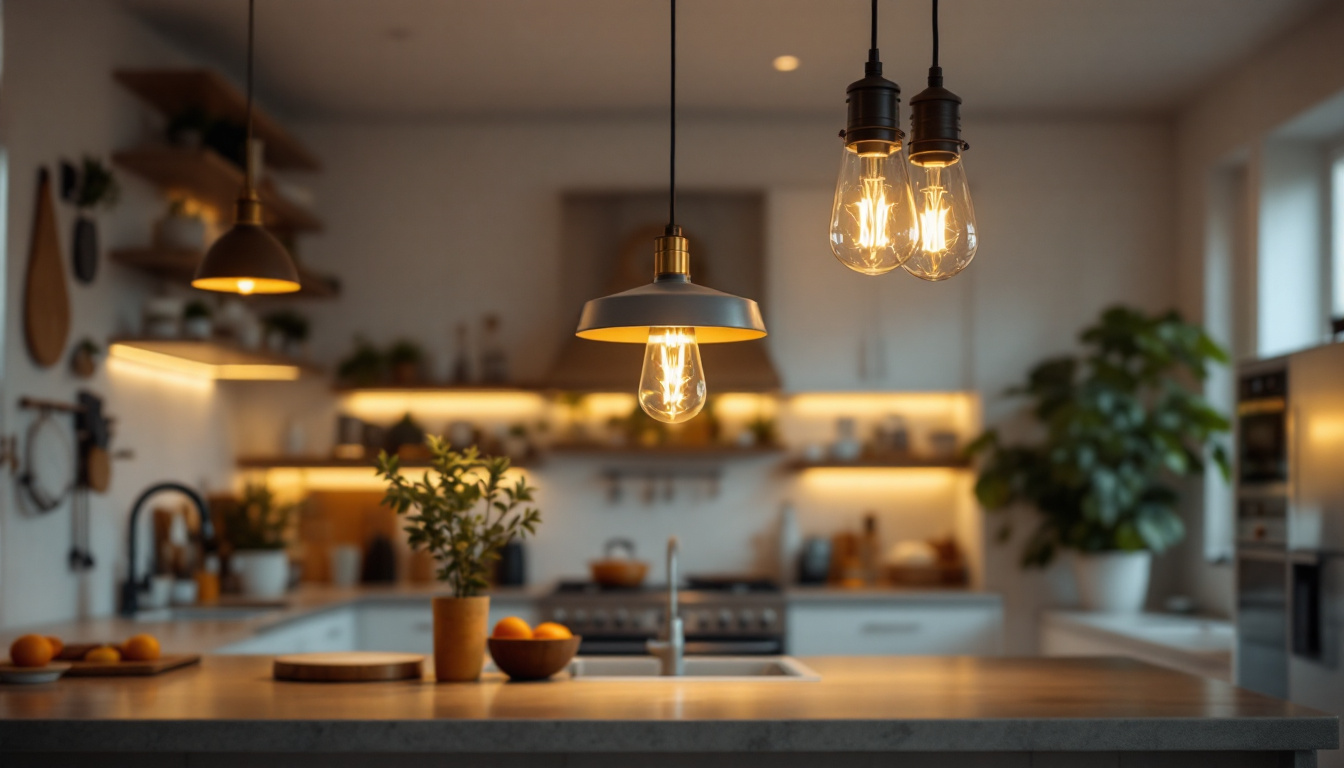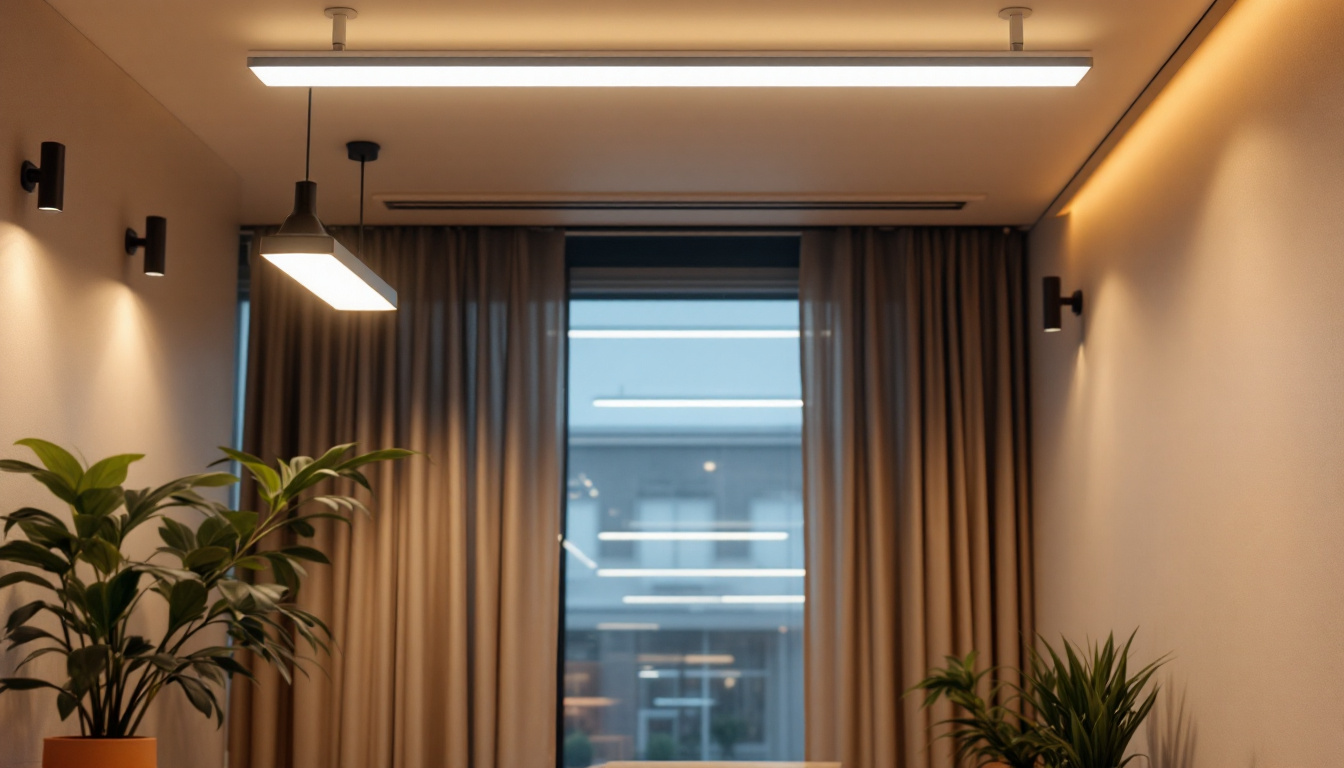
In the ever-evolving world of lighting design, recessed cans have become a staple for both residential and commercial applications. For lighting contractors, understanding the nuances of elite lighting recessed cans is crucial to overcoming various challenges that arise during installation and maintenance. This article delves into the common obstacles faced by contractors and offers practical solutions to enhance efficiency and client satisfaction.
Recessed cans, often referred to as can lights or downlights, are fixtures installed into the ceiling to provide a sleek, unobtrusive lighting solution. They are favored for their ability to create ambient lighting without taking up visual space. However, the installation and selection process can present several challenges for lighting contractors. The versatility of recessed cans allows them to be used in various settings, from residential homes to commercial spaces, making them a popular choice among designers and architects alike.
There are various types of recessed cans available on the market, each designed for specific applications. Understanding these types is essential for contractors to meet client needs effectively. The most common categories include:
Each type has its unique installation requirements and specifications, which can complicate the decision-making process for contractors. Understanding the differences helps in selecting the right product for each project. Additionally, the choice of recessed cans can impact the overall design aesthetic, as they can be used to highlight architectural features or artwork in a space.
When choosing recessed cans, several features should be taken into account:
By understanding these features, contractors can better advise clients and ensure that the selected products meet their expectations. Furthermore, the integration of smart technology into recessed cans is becoming increasingly popular, allowing users to control brightness and color temperature through mobile apps or voice commands. This innovation not only adds convenience but also enhances the overall user experience, making recessed cans an even more appealing choice for modern spaces.
Despite the advantages of recessed cans, contractors often encounter challenges during installation and maintenance. Identifying these challenges is the first step toward finding effective solutions.
One of the most significant hurdles in installing recessed cans is ensuring proper placement. Misalignment can lead to uneven lighting and aesthetic issues. Additionally, working in tight spaces can complicate the installation process, especially in older buildings where ceiling structures may not accommodate modern fixtures.
To overcome these installation difficulties, contractors should consider using laser levels and templates to ensure accurate placement. Pre-planning the layout and conducting a walkthrough with clients can also help in visualizing the final outcome, minimizing the risk of costly mistakes. Furthermore, understanding the ceiling material—whether it be drywall, plaster, or a more complex structure—can influence the choice of mounting hardware and installation techniques. Each material may require specific tools or methods, and being prepared can save time and reduce frustration during the installation process.
Electrical issues can arise during installation, particularly when dealing with older wiring systems. Ensuring that the electrical supply can handle the load of new recessed cans is essential for safety and functionality. Moreover, contractors must be familiar with local electrical codes to avoid compliance issues.
To mitigate these challenges, it is advisable to conduct a thorough electrical assessment before beginning any installation. This includes checking the circuit capacity and ensuring that all wiring is up to code. Collaborating with licensed electricians can also provide additional expertise and ensure a smooth installation process. Additionally, contractors should be prepared for potential upgrades to the electrical system, which may include replacing outdated breakers or installing new circuits to accommodate the increased load. This proactive approach not only enhances safety but also improves the longevity and performance of the lighting system.
Managing client expectations is another challenge that contractors often face. Clients may have specific visions for their spaces that may not align with practical realities. Clear communication is essential to bridge this gap.
Contractors should engage in open discussions with clients about their lighting goals, budget constraints, and any potential limitations. Providing visual aids, such as mood boards or lighting simulations, can help clients better understand what to expect from the final installation. Additionally, educating clients about the different types of recessed lighting, including options for dimming and color temperature, can empower them to make informed decisions that align with their vision. Regular updates throughout the installation process can also help maintain transparency and build trust, ensuring that clients feel involved and satisfied with the progress being made.
To navigate the challenges associated with recessed can installations, contractors can implement several strategies that promote efficiency and client satisfaction.
Successful installations begin with meticulous planning and design. Contractors should take the time to assess the space, understand the client’s needs, and develop a comprehensive lighting plan. This includes determining the number of fixtures required, their placement, and the type of bulbs to be used.
Utilizing design software can aid in visualizing the layout and making adjustments before installation begins. This proactive approach can save time and reduce the likelihood of errors during the actual installation process.
Choosing high-quality recessed cans can make a significant difference in the overall success of a project. Elite lighting brands often offer superior performance, durability, and energy efficiency. Investing in quality products can reduce the need for replacements and repairs, ultimately benefiting both the contractor and the client.
Contractors should stay informed about the latest advancements in lighting technology and products. This knowledge allows them to make informed recommendations that align with industry standards and client expectations.
The lighting industry is constantly evolving, with new technologies and trends emerging regularly. To stay competitive, contractors should prioritize ongoing education and training. This can include attending workshops, webinars, and industry conferences.
By expanding their knowledge and skill set, contractors can better serve their clients and adapt to changing market demands. Additionally, staying updated on new products and installation techniques can lead to more efficient and successful projects.
Strong client relationships are vital for the success of any lighting contractor. Building trust and rapport can lead to repeat business and referrals, which are essential for long-term success.
Exceptional customer service goes beyond the installation phase. Contractors should remain accessible to clients throughout the project, addressing any questions or concerns promptly. Following up after the installation to ensure satisfaction can also leave a lasting impression.
Creating a positive experience for clients not only enhances their satisfaction but also fosters loyalty. Satisfied clients are more likely to recommend contractors to others, expanding their network and potential business opportunities.
Providing maintenance and support services can further strengthen client relationships. Offering routine check-ups or troubleshooting assistance can reassure clients that they are not alone after the installation is complete.
Establishing a maintenance plan can also be beneficial for both parties. Clients appreciate the peace of mind that comes with knowing their lighting system is being monitored, while contractors can generate ongoing revenue through service agreements.
Lighting contractors face a myriad of challenges when working with elite lighting recessed cans, from installation difficulties to managing client expectations. However, by employing strategic planning, investing in quality products, and fostering strong client relationships, contractors can overcome these obstacles and achieve success in their projects.
Staying informed about industry trends and technologies is essential for continued growth and adaptation in this dynamic field. By prioritizing education and maintaining open communication with clients, contractors can enhance their services and ensure that every project meets the highest standards of quality and satisfaction.
Ultimately, the ability to navigate challenges effectively will not only improve project outcomes but also solidify a contractor’s reputation as a trusted expert in the lighting industry.
Ready to tackle your next project with confidence? At LumenWholesale, we support your commitment to excellence by providing spec-grade lighting products that meet your high standards. Say goodbye to inflated markups and hello to unbeatable wholesale prices, ensuring you deliver exceptional value to your clients. With our extensive selection, free shipping on bulk orders, and commitment to quality, you’ll find everything you need to overcome the challenges of installing elite lighting recessed cans. Elevate your lighting game and discover wholesale lighting at the best value today!

Discover why ceiling kitchen lights are essential for any successful lighting project.

Explore compelling real-world success stories of lighting contractors who have mastered the use of electrical receptacles.

Discover the transformative impact of outdoor solar panel lights through compelling real-world success stories.

Discover expert tips and insights on selecting and installing linear light fixtures in this comprehensive guide for lighting contractors.